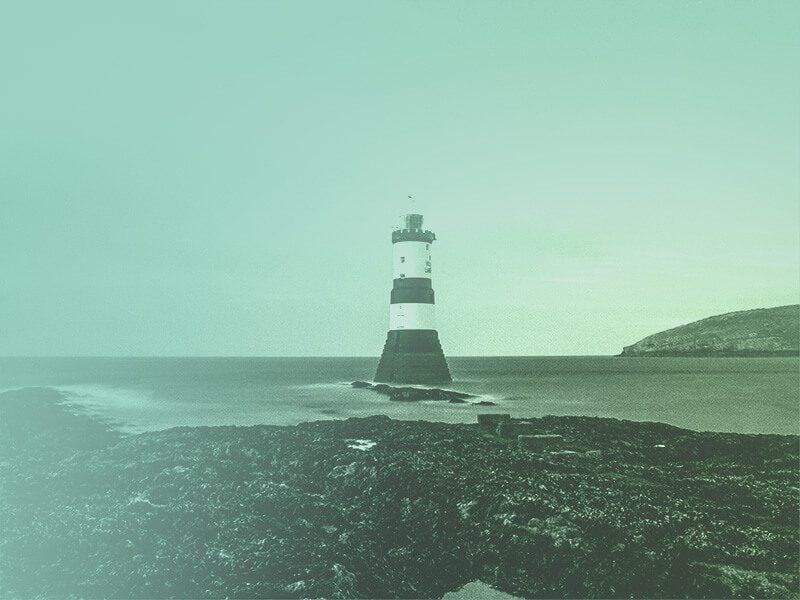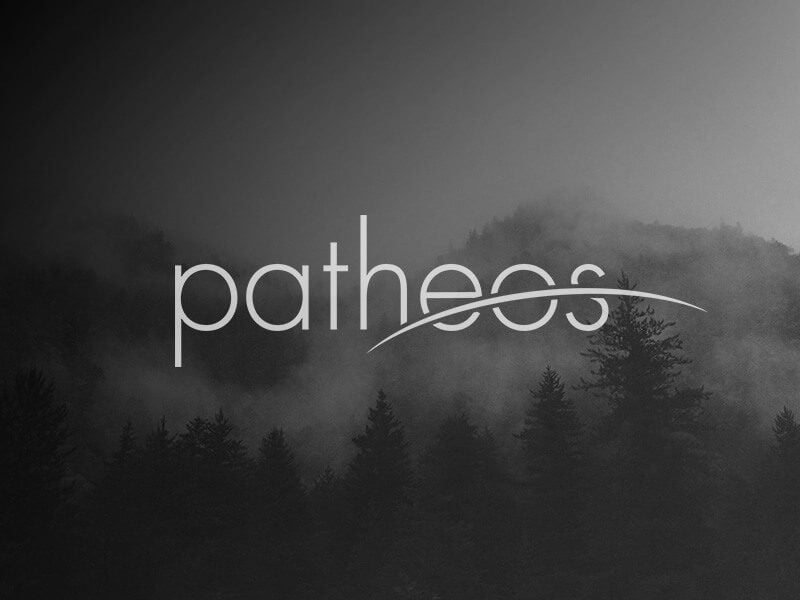Earl R. Wasserman (Subtler Language) observes that “Until the end of the eighteenth century there was sufficient intellectual homogeneity for men to share certain assumptions. . . . In varying degrees . . . man accepted . . . the Christian interpretation of history, the sacramentalism of nature, the Great Chain of Being, the analogy of the various planes of creation, the conception of man as microcosm. . . . These were cosmic syntaxes in the public domain; and the... Read more




















